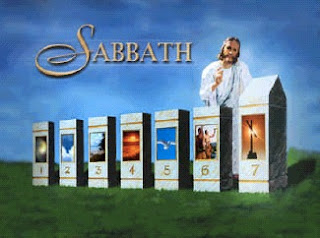Josiah reigned from 640-609 BCE. During this time Jerusalem grew in prosperity and population due to the victory over the Assyrians. With this new found growth there also existed political and religious unrest with the new people who moved to Jerusalem. Meanwhile Josiah aided by his court advisors found a scroll known as "The Law". From here on out Josiah embarks on religious reform just like Hezekiah did but in a different way. While Hezekiah tore shrines for the Hebrew God because he wanted one place of worship, Josiah shrines had different Gods. "The Law" was to be commanded and obeyed, this marked the transition of Cult of Yahweh to the Law, text, and tradition.
Society was transitioning just as much as religious form. There started to be a lost of astricas (receipts) and unofficial literature popping up. For example a Lachish letter from a soldier stating he knows how to read and write. Written in 587 BCE, is evidence that it might of been a societal expectation to know how to read and write, during Josiah's Jerusalem society know was one of literacy.











